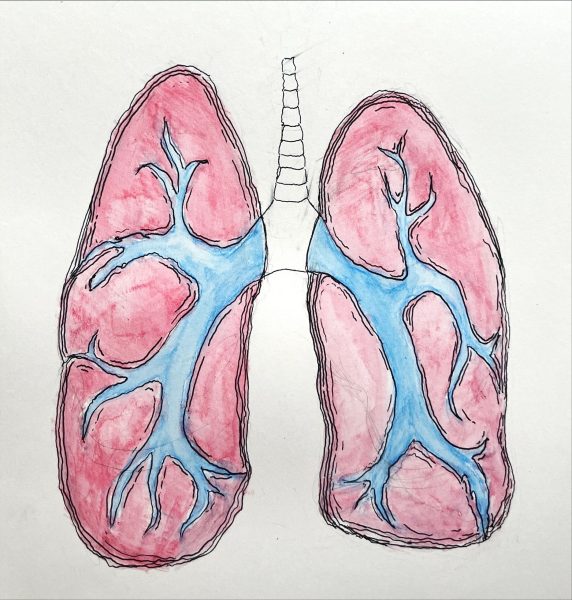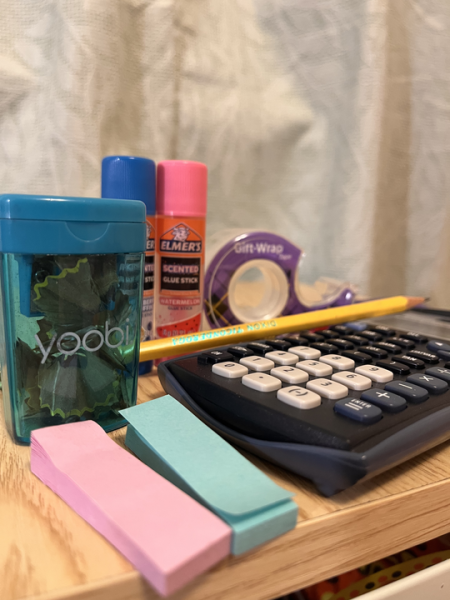Contact lenses require specific care
November 18, 1987
Nearly one out of every two Americans require corrective lenses to see. About 20 million wear contact lenses. However, an increase in the number of eye problems and infections has accompanied the proliferation of contact lens use.
Most problems are caused by improper care and maintenance rather than from lens problems. The number of contact lens-related corneal ulcers reported to the Food and Drug Administration quadrupled between 1985 and 1986. The Center for Disease Control reports an increasing frequency of an uncommon but serious infection, Acanthamoeba keratitis (amoeba-caused corneal infection) related to unsterile homemade preparations of saline solution. Both corneal ulcers and A. keratitis can lead to partial or total blindness.
Other problems include conjunctivities (infection of the mucous membrane covering the white part of the eye) from failure to clean lenses according to instructions; corneal edema (swelling) and abrasion from wearing lenses beyond recommended wearing time and neovascularization (the cornea, normally lacking in blood vessels, grows vessels to compensate for a lack of oxygen to the eye) causing irritation and a reduction in visual activity also from overwearing lenses.
Innovations in lenses now permit color-blind individuals to improve their color perception with special lenses. The wide range of lenses available extends from traditional, hard lenses to various soft and gas-permeable lenses, lenses for astigmatism and bifocal, tinted and deposit-resistant lenses with a Teflon-like coating. Specific maintenance and wearing procedures vary with lens type and individual sensitivity. All wearers, however, can protect their eyes and minimize lens damage by observing the following practices:
.Perfumed, creamy and oily soaps (and nicotine) can leave a residue on the hands that can be transmitted to the lenses, especially soft lenses.
.Follow individual instructions for cleaning, disinfecting, wetting and rinsing. Do not mix hard and soft lens products.
.Never use saliva to clean lense. The mouth has bacteria that could cause an eye infection. (And, you might swallow the lens.)
.Avoid fumes and chemicals such as smoke, hair sprays, perfumes, paint, household cleaners and chlorine in swimming pools. They can be absorbed by soft lenses and shorten their lifespan.
.Don’t apply makeup after putting lenses in; remove them first, then makeup. Mascara is a frequent site of bacterial contamination. Specks and fibers can get under the lens or embedded under the upper and lower eyelids. Water-based mascara and makeup are preferable to products labeled waterproof, long-lasting, etc.
.Cornea edema (swelling from lack of oxygen) is the most common symptom that eye care practitioners treat in contact lens wearers. Do not sleep with lenses in (unless designed for extended wear). Since the cornea depends on air and tears for oxygen, sleeping in and overwearing contacts deprives the cornea of oxygen and cells shed and swell, resulting in blurred vision, pain and excessive tearing. Neovascularization (the cornea compensates for oxygen deprivation by growing new blood vessels), another overwear condition, causes irritation and reduced vision. If you plan to be up longer than usual, remove your contacts at lunch and dinner to restore the cornea’s oxygen.
.Centrally air-conditioned and heated classrooms, airplanes and low-humidity environments dehydrate lenses, as do birth control pills, antihistamines, decongestants, diuretics and other medicines. Lubricated eyedrops compatible with your lens type and more frequent blinking might alleviate symptoms.
.Homemade saline solutions should be avoided because they are not sterile; distilled water in such preparations varies its quality
Contact lenses have become “high-tech” since Leonardo da Vinci first conceived them in 1508. Remember, however, that contact lenses are medical, not cosmetic, devices. Individuals who abuse recommended wearing time and cleaning regimens might jeopardize their ability to wear contact lenses in the future. Remove your lenses and contact your practitioner at any sign of a problem—redness, discharge, irritation, pain, visual reduction.
(Note: Prescriptions for glasses or contact lenses and accessoris are not available at the University Health Services at this time; however, eye problems associated with injuries are seen for evaluation.)













